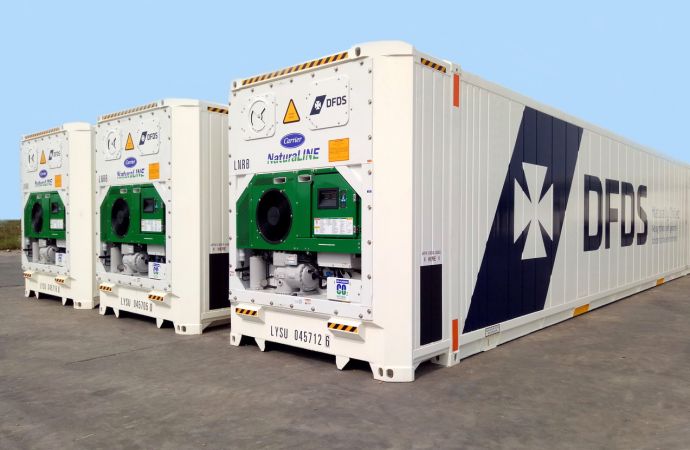Facing astronomical oil heating costs, the Alaska SeaLife Center turned to heat pumps that leverage nearby seawater with a high-powered CO2 system.

Located on the northern shores of Resurrection Bay, west of Prince William Sound, the 120,000-square-foot SeaLife Center opened on 2 May 1998, the only institution in Alaska authorised to care for live stranded marine animals victimised by natural or man-made disasters. It also serves as a public aquarium and a research and education facility, attracting over 150,000 visitors annually to see marine life from the subarctic ecosystem of Alaska.
It was funded by Exxon and set up due to the Exxon Valdez spill. However, its oil and heating bills became too high to pay and so Darryl Schaefermeyer, the SeaLife Center’s special projects director, and Andy Baker, owner of Anchorage-based YourCleanEnergy engineering, embarked on a seven-year journey to reinvent the heating and cooling systems at the facility with the help of government and private grants.
This ultimately resulted in shifting 98% of the SeaLife Center’s annual heating needs from fossil fuel to ocean water as a heat source, and using heat pumps – including CO2 units – in place of oil-burning and electric boilers.
Heat pumps
The SeaLife Center estimates that its combined heat pump systems save $15,000 per month at current oil and electricity rates, reducing carbon-equivalent emissions by an annual 1.24 million lbs. by not operating oil-fired boilers. To keep costs down, the SeaLife Center installed the heat pumps (apart from the control system) with its own employees for a labour contribution of $52,965.
The Center fired up the two 90TR RTWD heat pumps (which use R134a as the refrigerant) in July 2011. The heat pump system initially preheated domestic hot water in a 600-gallon tank – topped off by a 7TR WaterFurnace R134a heat pump – and supplied heat to five air-handling units, delivering water temperatures up to 130°F and raising the temperature of outside air to between 55°F and 75°F.
Enter CO2
Through grants, the Center met 60% of its heating requirements with the heat pumps and 40% with the electric boiler. However, Baker decided more needed doing to reduce costs. He found Mayekawa’s UNIMO CO2 heat pumps could serve higher temperatures and cover the facility’s remaining heating needs.
Complementing the RTWD heat pumps, the CO2 heat pumps provide heating for baseboards in offices and labs, for some heating coils in public areas, for pre-heating domestic hot water, and for pavement in the Center’s animal-habitat observation decks. The CO2 heat pumps also provide air conditioning from the evaporator side, via a loop of chilled water to two fan coil units, one in a mechanical room and one in an electrical room.
The overall COP of the heating system at the SeaLife Center is between 2.4 and 3.0, said Baker. The initial COP of the CO2 heat pump system, based on April heating and cooling production, was 2.25, but Baker is working on boosting the number up to around 3.0.
Perhaps the defining feature of the SeaLife Center’s CO2 heat pump system is Baker’s design of the water-pipe loops conveying hot water to the heating loads and back to the heat pump. It is what will enable the system to add loads and ultimately return water at 100°F.
Because of its transcritical vapour-compression cycle, the CO2 heat pump could not simply be dropped into the water loop. “Its integration was not self-evident,” said Baker. “We had to do a lot of branching and re-joining of loops to make it work.”
Baker got the idea for his loop design from the principle of fractal branching, which involves repeating patterns of self-similarity often found in nature. It explains how energy and fluids optimally move in the veins of leaves, blood vessels and tree roots.
Can the CO2 heat pump system used at the SeaLife Center be similarly employed in other venues?
“You can’t just throw in a couple of heat pumps to directly replace a boiler,” Baker said. “That would be very unrealistic.” But Baker believes that CO2 was the right refrigerant to add to this project. “It has a great future,” he said. “People are mesmerised by it.”
The irony, he noted, is that CO2 is both the primary greenhouse gas in the atmosphere causing global warming, “and the gas that can help us to eliminate the problem”.
Related stories


